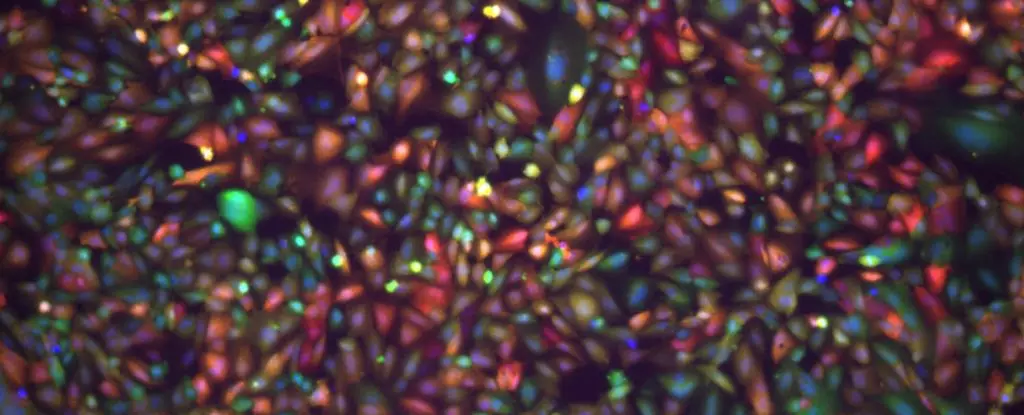The human brain is a complex organ that plays a vital role in our daily lives. It is the body’s control center and is responsible for our thoughts, emotions, and actions. To protect this precious organ from pathogens and toxins, the brain and spinal cord are shielded by a barrier known as the blood-brain barrier. This barrier effectively prevents the vast majority of drugs from entering the central nervous system, making it a formidable challenge for medical treatments.
Despite the challenges posed by the blood-brain barrier, scientists at the University of Pennsylvania are making significant progress in finding ways to smuggle important treatments across this formidable barrier. They have developed a simple model of the blood-brain barrier in the lab, allowing them to test the efficacy of drug transporters. The focus of their research is lipid nanoparticles, which have the ability to pass through the blood-brain barrier and carry essential cargo such as proteins, antibodies, or messenger RNA.
This lipid packaging technology is not entirely new, as it is the same mechanism that allows the mRNA vaccine for COVID-19 to enter the body’s cells. However, the potential application of lipid nanoparticles in treating neurological diseases is groundbreaking. mRNA therapies hold promise in addressing conditions such as traumatic brain injury, stroke, and Alzheimer’s disease by replacing missing proteins or correcting faulty genes in the brain.
The researchers at the University of Pennsylvania have made remarkable breakthroughs in their study. Their model has demonstrated superior performance in crossing the blood-brain barrier compared to previous models. This success has enabled them to identify organ-specific particles that hold great potential for future drug delivery systems. With further validation and refinement, these findings could revolutionize the treatment of neurological conditions that have long been deemed untreatable.
The development of effective treatments for neurological diseases is of utmost importance. Currently, it is estimated that only about one percent of all available drugs are active in the central nervous system, excluding those that treat affective disorders such as antidepressants. The limited efficacy of existing drugs is primarily due to the blood-brain barrier, which restricts their entry into the brain.
While certain drugs can be directly injected into the brain, this invasive procedure has limitations. The medicine does not easily diffuse throughout the organ, thus restricting its effectiveness. In recent years, there have been breakthroughs using sound waves to allow chemotherapy drugs to pass through the blood-brain barrier. However, the approach taken by the researchers at the University of Pennsylvania represents a fundamentally different approach.
The team at the University of Pennsylvania has been studying lipid nanoparticles for drug delivery purposes for years. Previous models, however, have not provided accurate measurements of how much mRNA actually reaches the central nervous system. To overcome this limitation, the researchers carefully optimized their new in vitro system, ensuring the right cell growth conditions and fluorescent reporters were used.
After conducting rigorous screening, the team selected five lipid nanoparticles out of the 14 tested for further analysis in living mice. These lipid particles, labeled with fluorescent markers, exhibited high transport across the blood-brain barrier. Excitingly, when injected into the bloodstream of mice, some of the drugs generated a bioluminescent signal in brain cells within six hours. This breakthrough demonstrates the potential of lipid nanoparticles as effective drug carriers.
While the success of crossing the blood-brain barrier with certain lipid nanoparticles is encouraging, not all of the drugs reached the brain cells. This outcome emphasizes the importance of careful selection of drug carriers for future research. The researchers recognize that further refinement and optimization are necessary to ensure maximum drug delivery efficiency.
The journey towards finding effective treatments for neurological diseases is filled with challenges. However, this groundbreaking research at the University of Pennsylvania brings hope. The development of lipid nanoparticles as drug carriers has the potential to revolutionize the field of neuroscience and transform the way we approach conditions such as traumatic brain injury, stroke, and Alzheimer’s disease. By breaking through the barrier that has hindered progress for so long, we can unlock a new era of treatment possibilities for the brain and its intricate complexities.



Leave a Reply